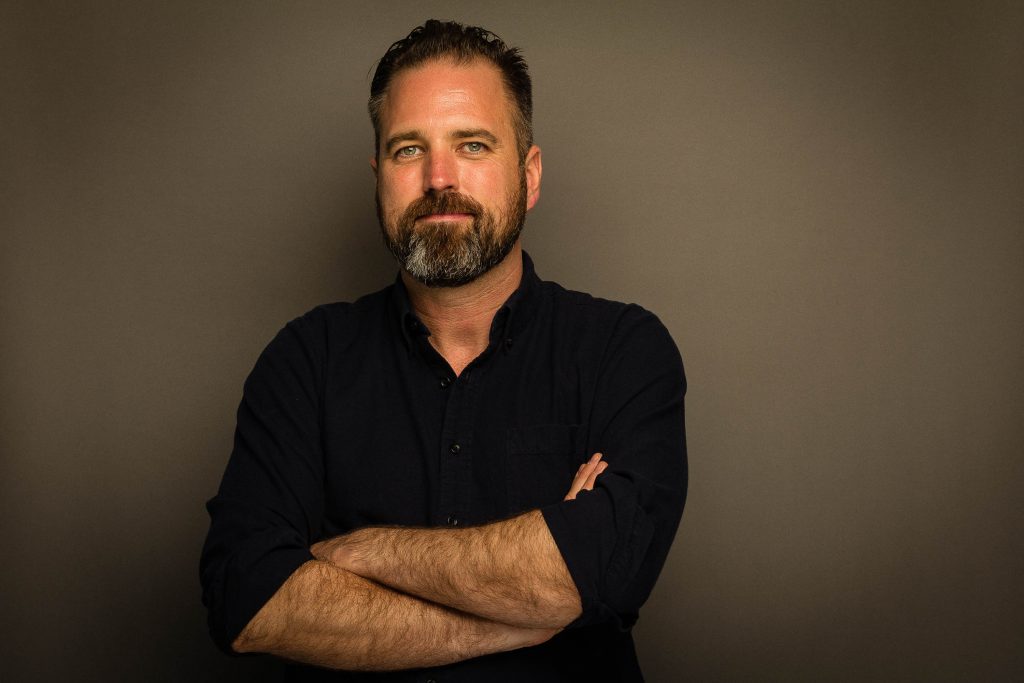What is “Hearing the Corners”?
Have you ever listened to a poorly compressed MP3 and noticed a strange distortion or “artifact” in the corners of the audio? This phenomenon is commonly referred to as “hearing the corners” and can be quite distracting. While very noticeable in poorly compressed musical recordings, you can certainly hear the corners in a voiceover recording if it’s compressed incorrectly. In this blog post, we will explore what “hearing the corners” means, how it happens, and most importantly, how to avoid it.
What is “Hearing the Corners”?
To understand “hearing the corners,” we first need to understand how audio compression works. When an audio file is compressed, certain parts of the audio data are removed or reduced in order to make the file size smaller. In MP3 compression, this is done by removing frequencies that are less important or less audible to the human ear.
However, sometimes this compression can be done poorly, resulting in what is known as “compression artifacts.” These artifacts can take many forms, but when it comes to “hearing the corners,” the artifact appears in the high-frequency range of the audio signal. It sounds like a kind of swishing or swooshing noise, and is most noticeable at the beginning and end of audio files.
Why Does “Hearing the Corners” Happen?
The reason why “hearing the corners” happens is because of a phenomenon called “aliasing.” Aliasing occurs when the original audio signal is sampled at too low of a frequency, resulting in high-frequency information being lost or “folded” back into the audible range. When this happens, it creates the swishing or swooshing noise that we hear in poorly compressed MP3s.
How to Avoid “Hearing the Corners”
The best way to avoid “hearing the corners” is to use a high-quality audio compressor that is specifically designed to preserve high-frequency information. When compressing audio, it’s important to strike a balance between file size and audio quality. It may be tempting to use a more aggressive compression setting to make a file size smaller, but this can lead to poor audio quality and the dreaded “hearing the corners” artifact.
Another important factor to consider is the source material. If the original audio file has a lot of high-frequency information, it may be more prone to “hearing the corners” when compressed. A good example of this would be crash cymbals. In that case, you might consider using a less aggressive compression setting or different audio format altogether.
In conclusion, “hearing the corners” is a common artifact that can occur in poorly compressed MP3 files. By understanding how audio compression works and taking steps to avoid aliasing,you can easily create high-quality audio files, free from this distracting artifact. When you’re bouncing down a voiceover recording, it’s a good idea to use WAV or AIFF, but if you (or the client) prefer MP3, consider using 192 kbps sample rate or higher.
Next time you’re compressing audio, remember to keep an ear out for the corners!

James Dooley is the owner of Dooley Media Works, a voiceover recording and video production company. When he’s not being the “friendly, yet authoritative” voice of brands like KAYAK, Dove Soap and Honey Nut Cheerios, he provides voiceover coaching and professional voiceover demo production for aspiring voice actors looking to succeed in the business.